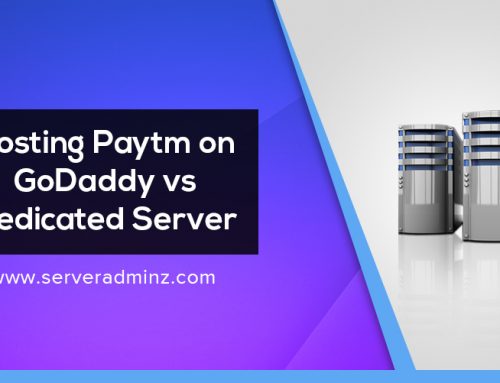During my beginning years of System Administration, I was pretty much confused by the terms ‘primary nameserver’, ‘secondary nameserver’, ‘master/slave nameserver’ etc. Different websites have different views on these terms. I am sure many system admins (even experienced ones) have got their ideas wrong about these terms.
My confusion ended the day I stumbled upon Oreily’s DNS and Bind. This book is without doubt the best DNS related book in the world, and would recommend this book to anyone who wish to know more about DNS and its working. So, here we go:
A Name Server keeps information for the translation of computer names to IP addresses (even for reverse translations). The name server takes care of a certain part from the space of names of all computers. This part is called the zone (at minimum it takes care of zone 0.0.127.in-addr.arpa). A domain or its part creates the zone. The name server can with the help of an NS type record (in its configuration) delegate administration of a subdomain to a subordinate name server. The name server is a program that performs the translation at the request of a resolver or another name server. In UNIX, the name server is materialized by the named program. Also the name BIND (Berkeley Internet Name Domain) is used for this name server.
Types of name servers differ according to the way in which they save data:
> Primary name server/primary master is the main data source for the zone. It is the authoritative server for the zone. This server acquires data about its zone from databases saved on a local disk. Names of these types of servers depend on the version of BIND they use. While only the primary name server was used for version 4.x, a primary name master is used for version 8. The administrator manually creates databases for this server. The primary server must be published as an authoritative name server for the domain in the SOA resource record, while the primary master server does not need to be published. There is only one of this type of server for each zone.
> Master name server is an authoritative server for the zone. The master server is always published as an authoritative server for the domain in NS records. The master sever is a source of data of a zone for the subordinate servers (slave/secondary servers). There can be several master servers. This type of server is used for Bind version 8 and later.
> Secondary name server/slave name server acquires data about the zone by copying the data from the primary name server (respectively from the master server) at regular time intervals. It makes no sense to edit these databases on the secondary name servers, although they are saved on the local server disk because they will be rewritten during further copying. This type of name server is also an authority for its zones, i.e., its data for the particular zone is considered irrevocable (authoritative). The name of this type of server depends again on the version of BIND it uses. For version 4, only the secondary name was used, the term slave server was used for a completely different type of server. In version 8 you can come across both names.
> Caching-only name server is neither a primary nor secondary name server (it is not an authority) for any zone. However, it uses the general characteristics of name servers, i.e., it saves data that comes through its cache. This data is called non-authoritative. Each server is a caching server, but by the words caching, we understand that it is neither a primary nor secondary name server for any zone. (Of course, even a caching-only server is a primary name server for zone 0.0.127.in-addr.arpa, but that does not count).
> Root name server is an authoritative name server for the root domain (for the dot). Each root name server is a primary server, which differentiates it from other name servers.
> Slave name server (in BIND version 4 terminology) transmits questions for a translation to other name servers; it does not perform any iteration itself.
> Stealth name server is a secret server. This type of name server is not published anywhere. It is only known to the servers that have its IP address statically listed in their configuration. It is an authoritative server. It acquires the data for the zone with the help of a zone transfer. It can be the main server for the zone. Stealth servers can be used as a local backup if the local servers are unavailable.





Leave A Comment
You must be logged in to post a comment.